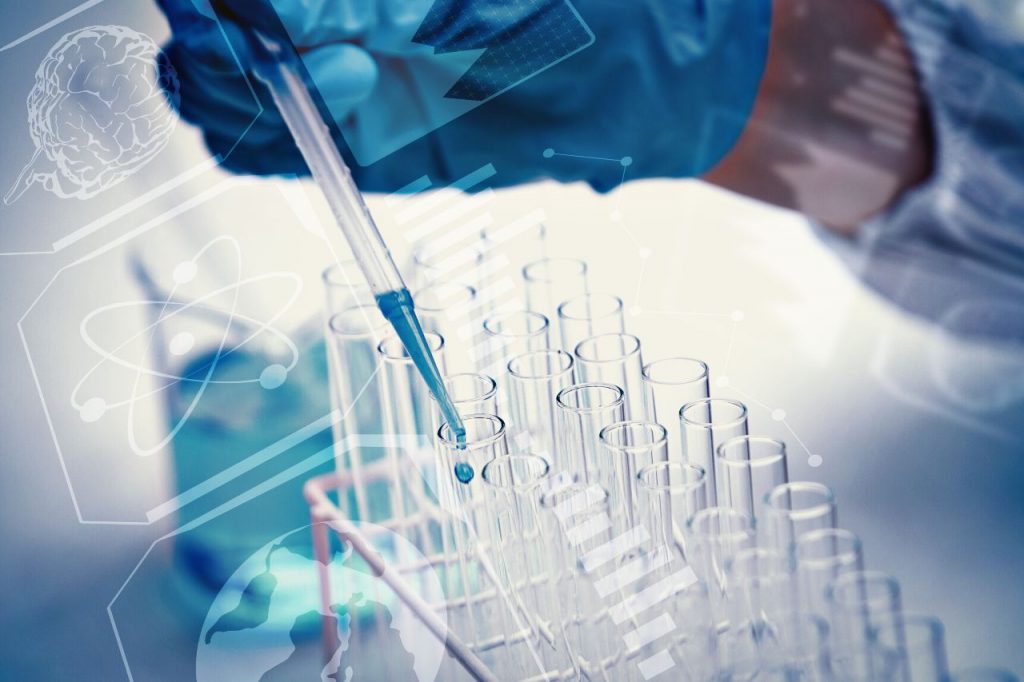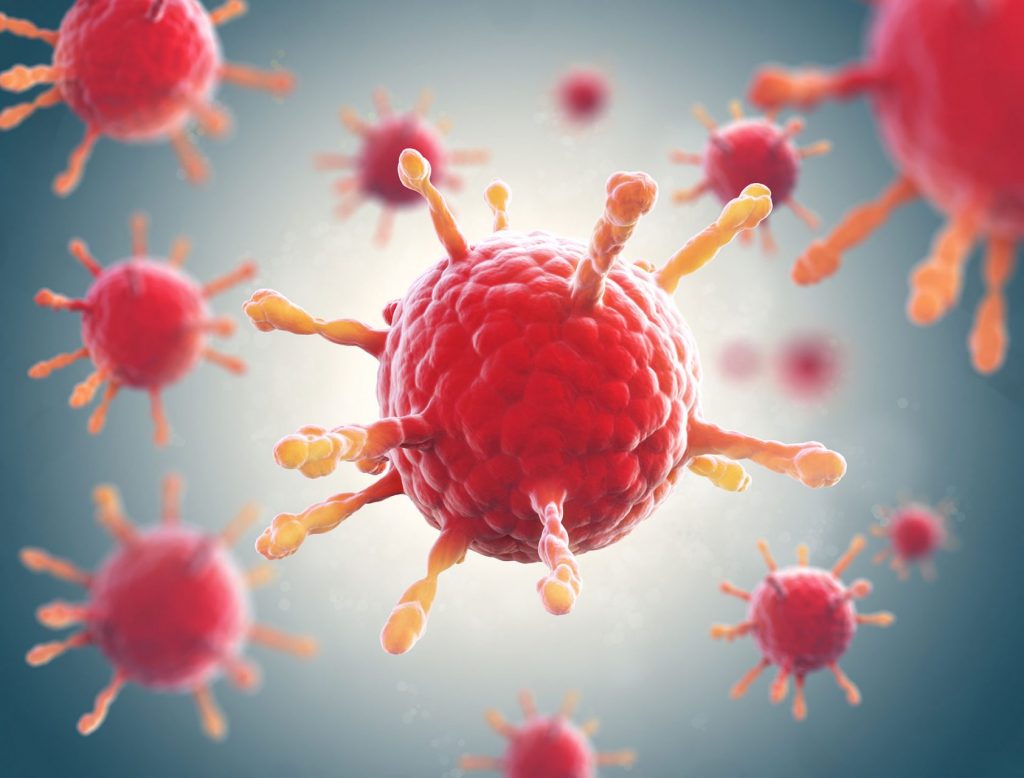The global pandemic of COVID-19, which struck humanity at the end of 2019, resulted in the death of millions of people to date, the radical change of our daily lives and very serious effects on the global economy. However, it has developed new technologies for the design and development of vaccines with possible applications in the prevention and treatment of other diseases.
The only powerful weapon we have for the prevention and control of the COVID-19 pandemic is the vaccines developed against the new coronavirus. Dozens of new and old technology vaccines have applied for approval, and after clinical trials and tests, some of them have been approved by the World Health Organization (WHO) and national regulators, meeting internationally agreed benchmarks for their safety and effectiveness.
The vaccines approved to date by the EUROPEAN MEDICINES AGENCY (EMA) are:
- Comirnaty, known as BioNTech, Pfizer COVID-19 vaccine, contains messenger RNA (messenger RNA, mRNA) which is a single strand of RNA complementary to one of the two strands of the gene responsible for the production of the virus S protein. The genetic information carried by the mRNA to the cytoplasm during protein synthesis is read by an organelle called a ribosome that travels along the mRNA and uses the genetic information carried by the mRNA to translate each three-nucleotide sequence, or codon , to the corresponding amino acid. In this particular vaccine, mRNA leads to the synthesis of protein S, which appears on the surface of target cells, thus activating the immune system to produce neutralizing antibodies and develop cellular immunity. For ages> 18 years the vaccine is given in a two-dose vaccine at three-week intervals.
- COVID-19 Moderna, is based on the same technology as Pfizer’s Comirnaty, i.e. it uses mRNA as a carrier of genetic information and for ages >18 years the vaccine is given in a two-dose vaccination schedule with an interval of four weeks.
- ChAdOx1 nCoV-19 (Vaxzevria, AstraZeneca) It is prepared by using as a vector, a virus of the adenovirus family, which has been genetically modified and contains the gene responsible for the production of protein S, the pin of SARS-CoV-2. The individual’s immune system recognizes the S protein as foreign, produces antibodies, and develops cellular immunity. The vaccine does not contain the virus itself and cannot cause disease. The adenovirus contained in the vaccine cannot cause disease because it cannot reproduce. For ages >18 years the vaccine is given in a two-dose vaccination schedule with an interval of 4-12 weeks.
- COVID-19 Vaccine Janssen is of the same technology as Vaxzevria, AstraZeneca i.e. uses an adenovirus as a vector of the virus protein S gene. For ages >18 years the vaccine is given as a single dose vaccine. It does not contain SARS-CoV-2 and can not cause disease. The adenovirus contained in the vaccine cannot cause disease because it cannot reproduce. The vaccines CVnCoV, NVX-CoV2373, Sputnik V (Gam-COVID-Vac) and GSK / CureVac COVID-19 are currently under consideration by Coreper.
Like any vaccine, COVID-19 vaccines can cause mild side effects such as fever, fatigue, headache, muscle aches, chills, diarrhea and pain at the injection site. Most vaccine reactions are mild and vary from vaccine to vaccine and from person to person and disappear on their own within a few days.
More serious or long-term side effects with vaccines are possible but extremely rare. In the W.H.O. ψases of severe allergic reactions, such as rash, have been reported in a small number of people who have received the COVID-19 vaccine.
The most serious adverse reactions that have been recorded in Greece at a very low frequency are anaphylactic reactions, vascular thrombosis and thrombocytopenia, personal nerve palsy, Guillen Barre Syndrome, relapse or relapse of Shingles.
Several COVID-19 vaccines appear to have high levels of efficacy, but no vaccine is 100% effective in providing complete protection. As a result, there may be a small percentage of people who do not develop protection as expected after COVID-19 vaccination.
Even those who got sick must receive a dose of the vaccine, not only to be immune for at least a year, but also to be immune to the mutations to date.
In addition to the specific characteristics of a vaccine, various factors such as an individual’s age, underlying health conditions, or prior exposure to COVID-19 may affect the effectiveness of a vaccine. We also do not yet know how long immunity from different COVID-19 vaccines will last. This is one reason why, even when we are vaccinated, we must continue to use all personal and public health measures, such as physical distance, face masks and hand washing.
And remember that the best vaccine is the one we have the fastest access to.
Nicolaos Malisiovas
Professor of Microbiology, Director of the Laboratory of Microbiology, Medical School of AUTh. Medical Director of Euromedica


